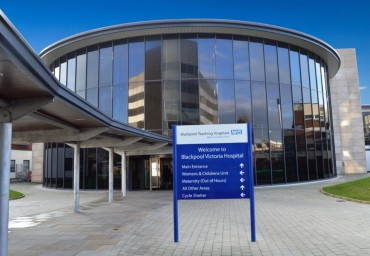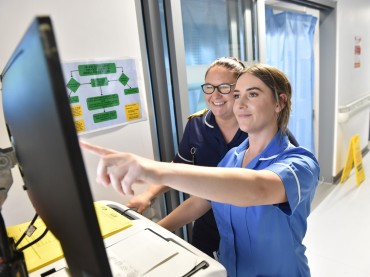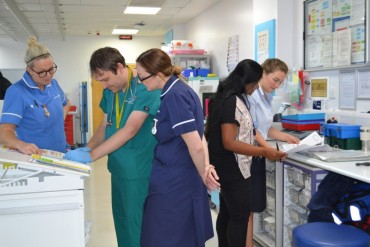Overview
Computerised Tomography (CT) Colonography is a test used to look inside your bowel and abdomen. The test uses a CT scanner to produce images of a “slice through a part of the body”.
A CT Colonography involves using a CT scanner to produce two and three dimensional images of the whole of the large bowel (colon and rectum).
You may have been referred for this test to help your doctor find out what is causing symptoms such as abdominal (tummy) pain, weight loss, a change in your usual bowel habit and blood in your faeces (stools).
Before the test you will be asked to follow a special diet, take a laxative preparation and you will be given a small bottle of x-ray dye to drink at home. The special diet and laxatives will help to empty your bowel before the test and the x-ray dye is used to coat any faeces that remain in the bowel.
We are aware this PDF might not be accessible to all users. Read our accessibility statement to learn more.



